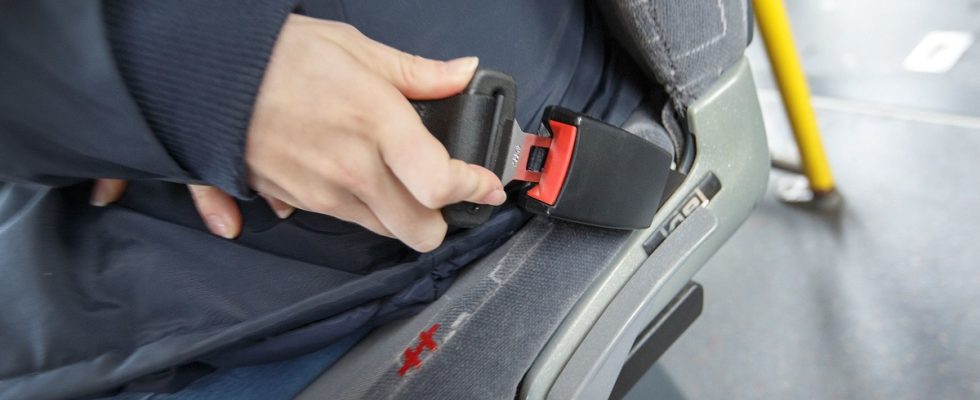Since 1999, there is a law to fasten the seat belt on the bus, but according to a report from Swedish public transport still many who do not do this.
In some counties, well over half ignore seat belts.
The survey was conducted between 2019 and 2022, and a total of 5,600 travelers who travel by regional or express buses responded.
The car that emits six times more than flying
Stockholmers are the worst
Stockholm county is the worst at wearing a seat belt on the bus, where only 36 percent say they wear a seat belt on the bus.
Even in Halland and Skåne, people are bad at using seat belts on the bus, with 37 and 38 percent seat belt use, respectively.
The most zealous seat belt wearers are instead found in the northern parts of the country. In Västerbotten County, 74 percent state that they wear a seat belt on the bus, followed by Norrbotten with 73 percent and Dalarna with 71 percent.
The national average for seat belt use on the bus is 50.9 percent.
The general trend is that people in metropolitan regions are worse at wearing a seat belt, while it is more common to wear a seat belt in places with long bus routes.
Electric buses in Gästrikland cannot stand the cold – departures are cancelled
Lots of bad excuses
The age groups that are worst at wearing a seat belt on the bus are 15- to 19-year-olds, and 20- to 24-year-olds, where less than 40 percent state that they wear a seat belt on the bus.
A common reason for not wearing a seat belt in this age group is that it is considered embarrassing.
By far the most common reason given for not wearing seat belts on the bus is that they were not seen to be installed.
Half the price of congestion tax – for electric cars
What does the law say?
In the study, every tenth person also stated that they did not know that there was a law on wearing a seat belt on the bus. How it actually works is to be read at The Swedish Transport Agency.
All passengers must sit in a seat with a seat belt if one is available, and must wear the belt. These rules apply to all passengers over the age of 3.
If there is no free seat, it is allowed to stand up in buses that are approved for this, and local buses in densely populated areas, it is allowed to choose a seat without a seat belt even if one is available.
This Volvo has traveled almost 1.2 million kilometers
